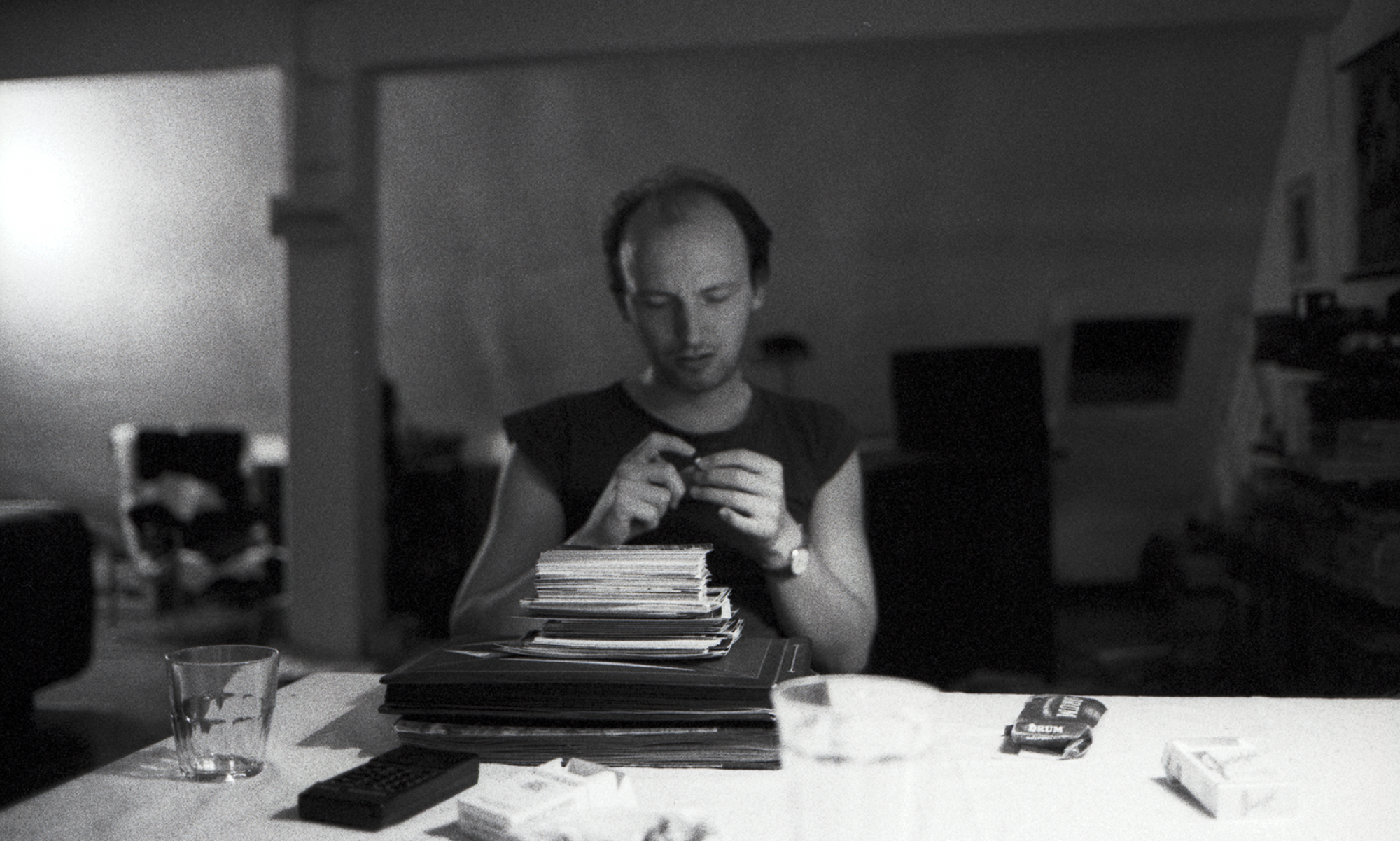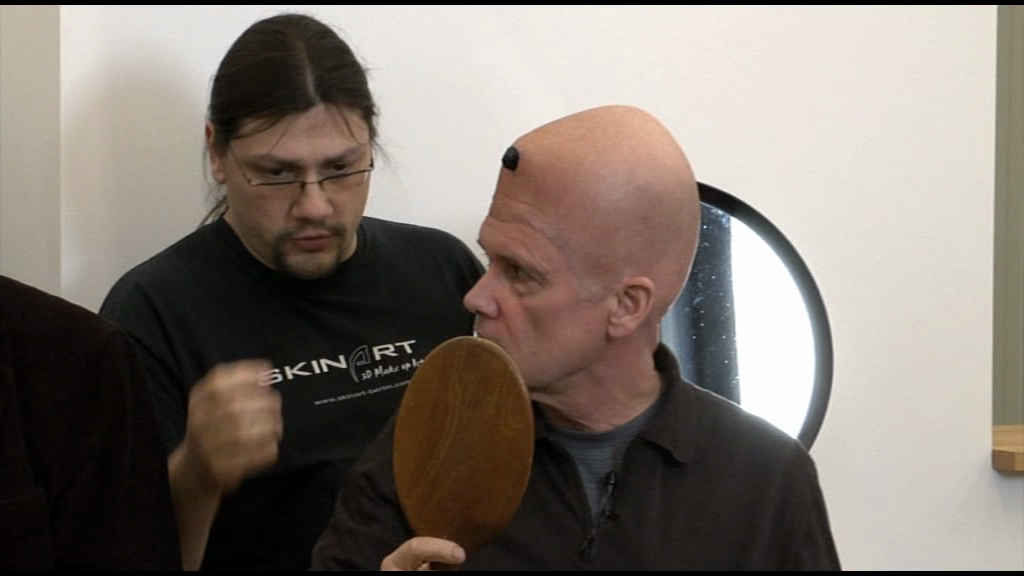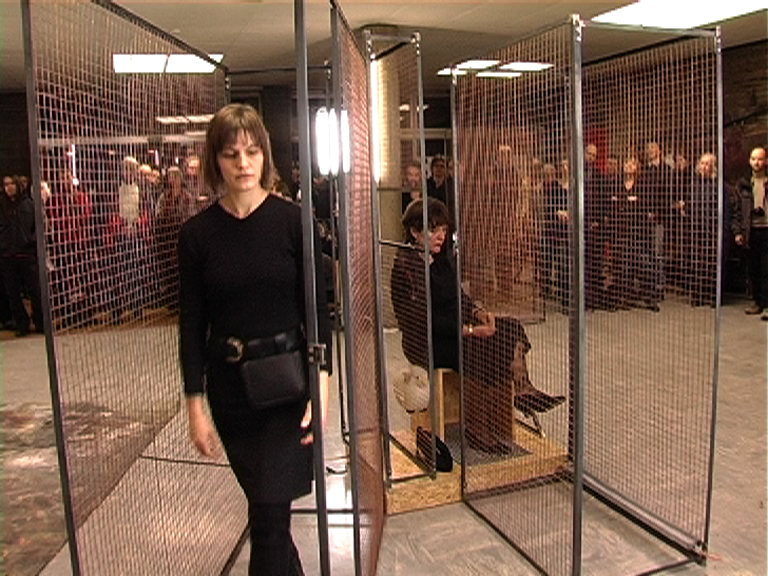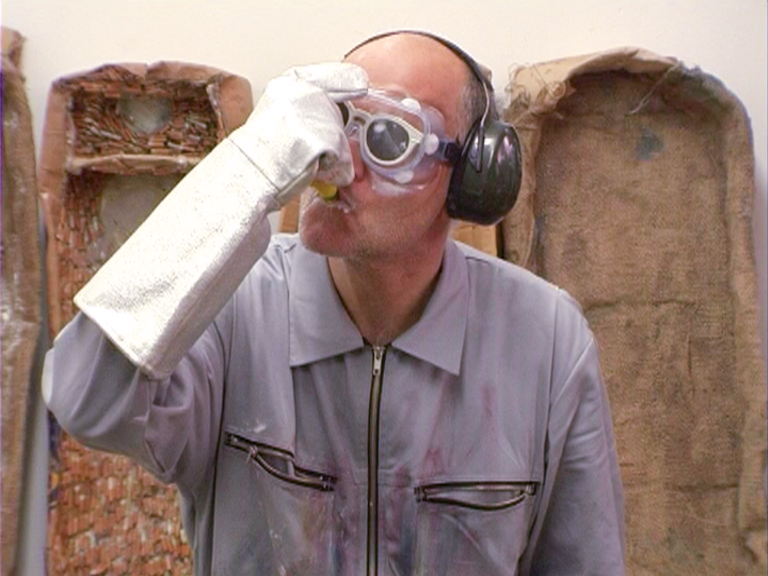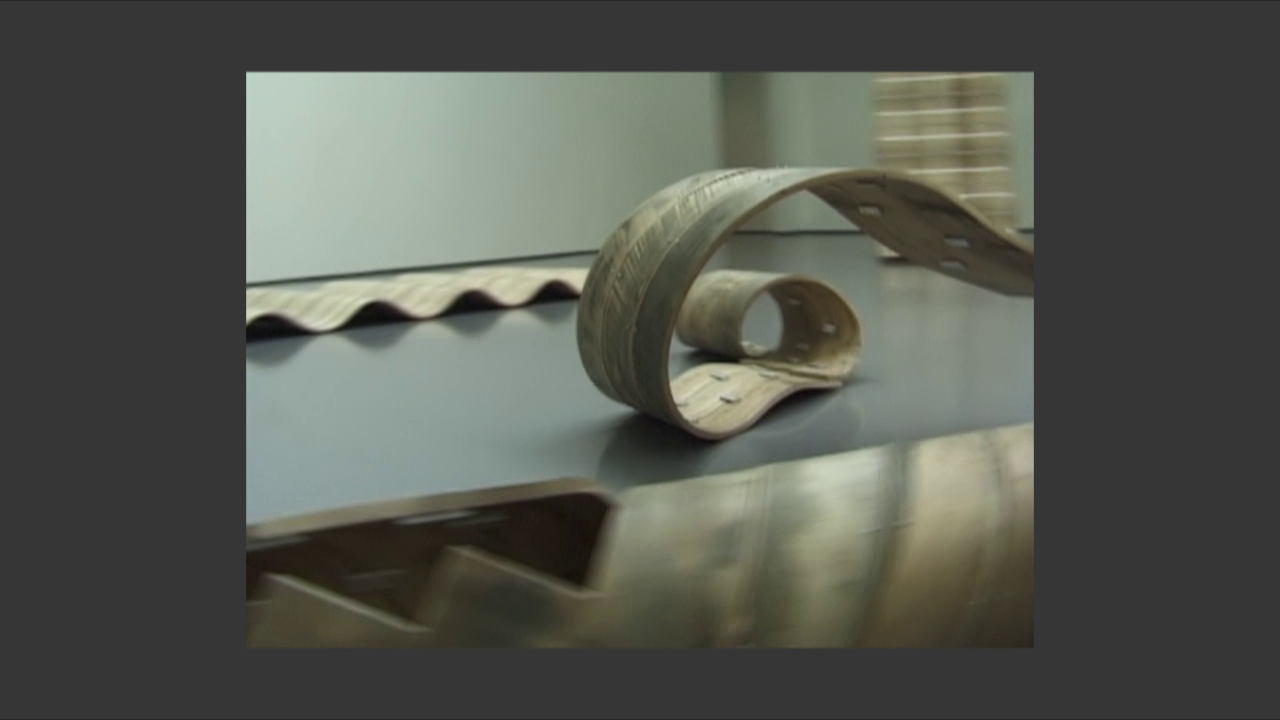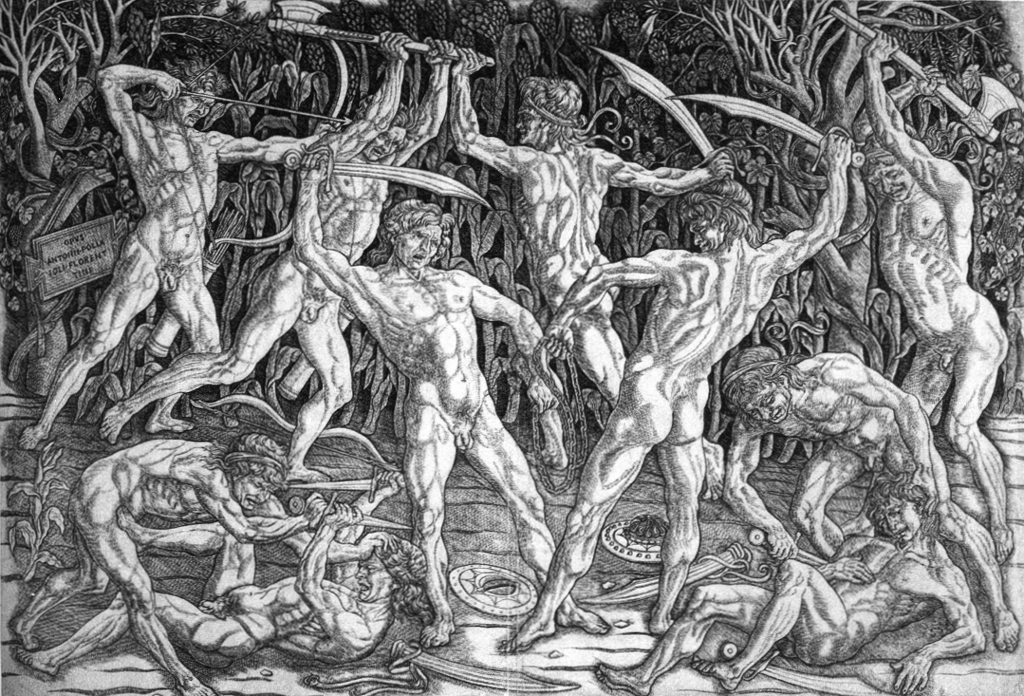Gustav Kluge, Kathrin Haaßengier
Dokumentation (18:07) einer Performance in der Galerie Frisch, Berlin anlässlich einer Ausstellung von Gustav Kluge.
Ein Telefonat eröffnet am 30. April 2010 gegen 19.30 Uhr die Ausstellung von Gustav Kluge und Kathrin Haaßengier bei FRISCH in der Halle am Wasser hinter dem Hamburger Bahnhof. Der Einlass beginnt ab 18 Uhr. Gesprächspartnerin am Telefon ist die Hamburger Transsexuelle Christine W.. Danach geht die Handlung der „Zeremonie für ein Double“ über in die Bergung Siamesischer Zwillinge aus dem Berlin-Spandauer-Schifffahrtskanal sowie ihrer Operation.
„Das Leben von Christine W. ist eine Extrembiografie“, so Gustav Kluge, neun Jahre hat er mit dem Aktmodell zusammen gearbeitet. „Aus der Sicht des Malers besitzt sie einen archetypischen androgynen Körper. Diesen hat sie nach ihrem Ideal umgeformt. Das führte zu einem Leidensweg, der sie in der neuen Welt nicht ankommen ließ. So reagiert sie auf viele und vieles mit Aggression.“ Im September 2009 wurde Christine W. wegen Körperverletzung zu drei Jahren Haft und Unterbringung in der Psychiatrie verurteilt. Gustav Kluge hat diese Selbstschöpfung und Aggression der Christine W. in fünf der sechs in der Ausstellung befindlichen szenischen Bilder ausgelotet und umgesetzt.
Der Operationssaal, von Kathrin Haaßengier entworfen, zwingt die Zeremonie in eine klaustrophobische Enge. Nur ein Kabel transportiert Videobilder nach außen. Solche Lebensadern wiederholen sich in den drei weiteren kinetisch-akustischen Skulpturen der Bildhauerin. Sie bestehen aus blickdichten Körpern, gläsernen Milchabscheidern und verworrenen miteinander verschlungenen Schläuchen. Strömende Flüssigkeiten transportieren ihren Rhythmus.
(Quelle: Galerie Fritsch)
mit Gustav Kluge und Kathrin Haaßengier
Stimme: Christine Wagenhäuser
Probenbetreuung: Ulrich Gnauck
Maske: Dennis Penkov
Double Requisiten: Ralph Rose
Tontechnik: Lutz Kramer
Bild, Licht: Martin Kreyßig
Assistenz: Christian Schulze, Marc Wiebach
Steadycam: Sascha Seeger-Kunth
Editing / DVD: Marc Wiebach
Produziert von Gustav Kluge
Hergestellt von Martin Kreyßig Filmproduktion
© 2010 Gustav Kluge und Martin Kreyßig
